15 Reasons Tigers Are The Most Incredible Big Cats
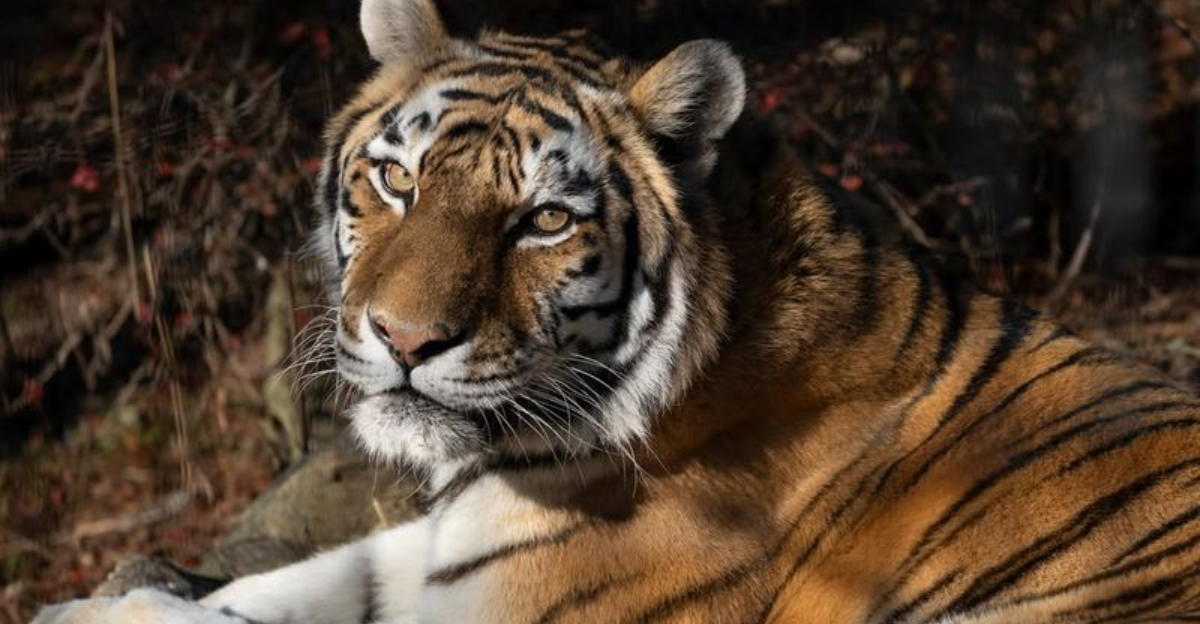
Imagine a creature that commands the jungle with a striking blend of grace and power. Tigers, with their orange coats and black stripes, are nothing short of mesmerizing.
They captivate us not just with their impressive appearance but with their fascinating behaviors and characteristics. Here are some reasons why tigers are the most incredible big cats.
1. Majestic Stripes
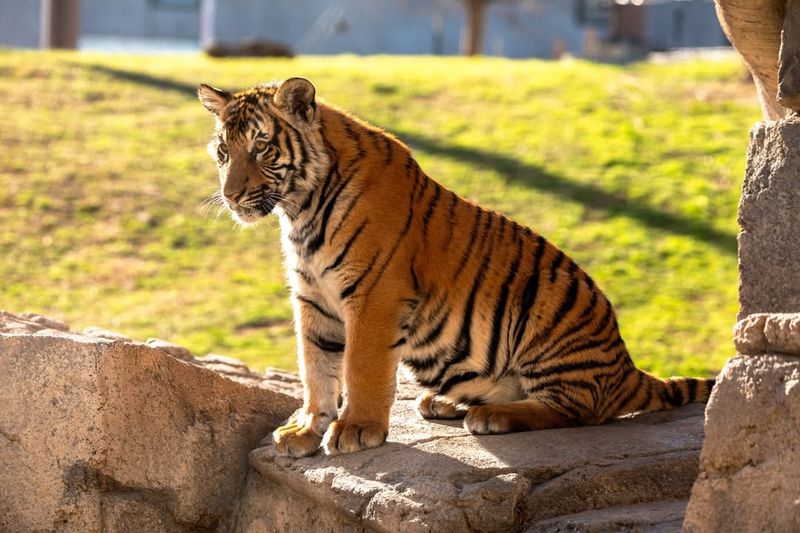
Not just a fashion statement, a tiger’s stripes are as unique as human fingerprints. Each set of stripes helps them blend seamlessly into their environment, making them master hunters.
These distinct patterns are vital for camouflage, allowing tigers to stealthily approach prey in the wild.
2. Solitary Style

Unlike many big cats that live in groups, tigers prefer to go solo. This independence makes them unique among their peers and contributes to their mysterious allure.
Their solitary nature allows them to roam vast territories, further enhancing their enigmatic presence.
3. Versatile Swimmers
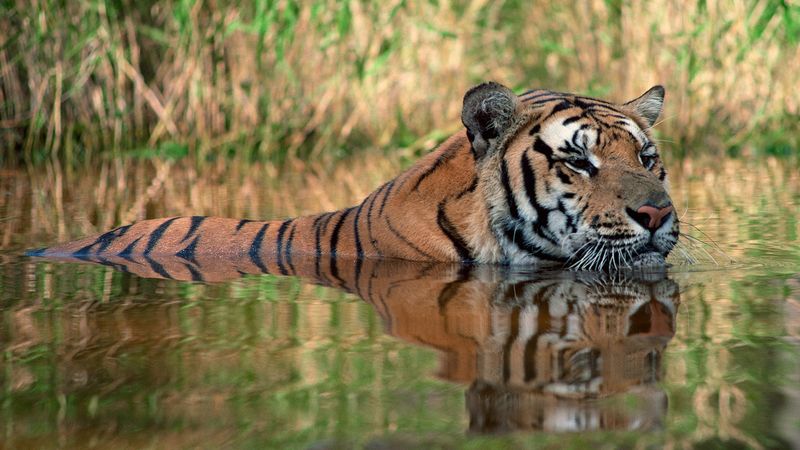
Unlike most felines, tigers love water. They are strong swimmers and often cool down in streams when the heat is unbearable, showcasing their adaptability.
This unique trait allows them to thrive in diverse habitats, from dense jungles to open savannas.
4. Unique Hunting Techniques
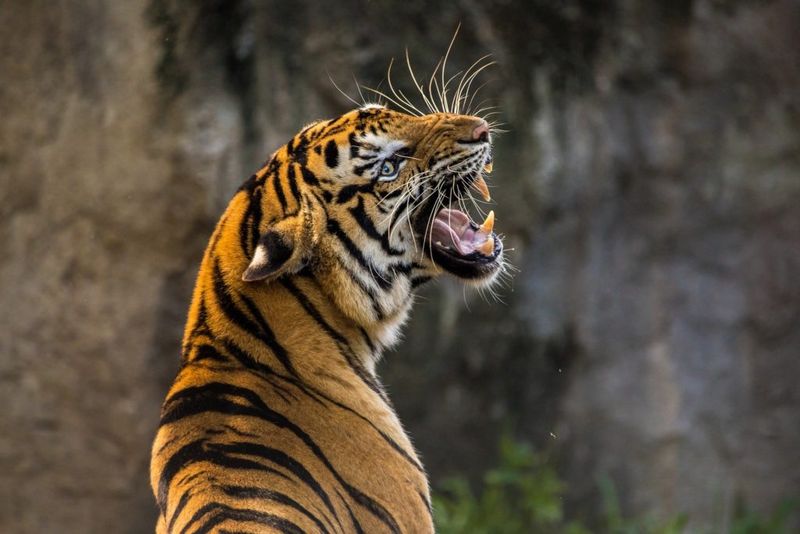
Tigers are stealthy hunters, using a combination of patience and power. They silently stalk their prey, often getting within striking distance before launching a surprise attack.
With lightning speed and precision, they strike with overwhelming force, ensuring a successful hunt.
5. Largest Of The Big Cats
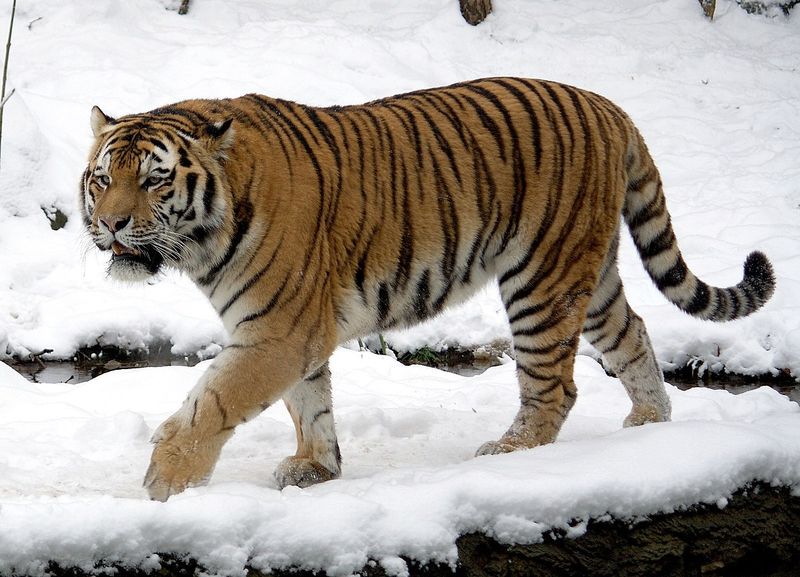
Tipping the scales at up to 700 pounds, the Siberian tiger is the largest of the big cats. This massive size gives them an undeniable presence in their habitat.
Their sheer strength and stature make them apex predators, commanding respect in the wild.
6. Powerful Roar

A tiger’s roar can be heard up to two miles away. This powerful call isn’t just for show; it’s a vital part of their communication toolkit, announcing their presence to the world.
The roar also serves to establish territory and ward off potential rivals.
7. Keen Night Vision

Nighttime is the right time for tigers, thanks to their exceptional night vision. This allows them to hunt effectively in the dark, giving them an edge over other predators.
Their heightened senses make them formidable nocturnal hunters, moving with silent precision under the cover of darkness.
8. Caring Mothers
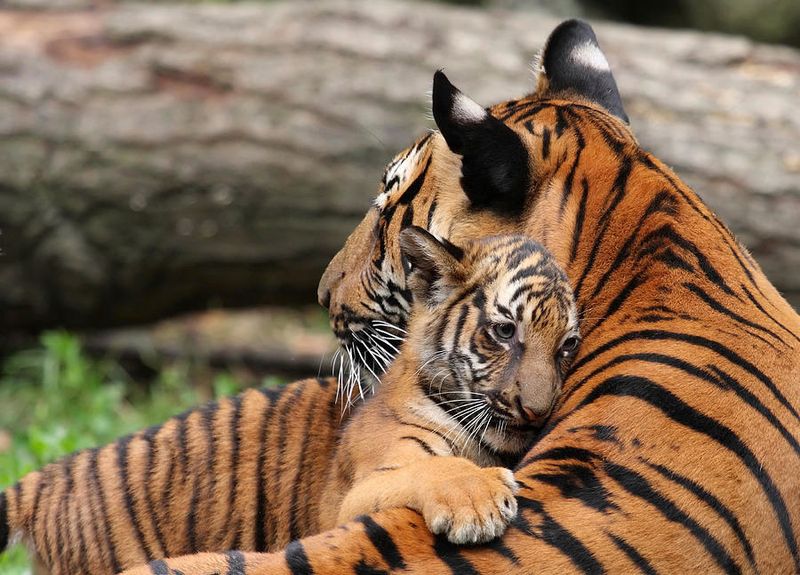
Tiger moms are known for their fierce protection of their cubs. They teach them essential survival skills, ensuring the next generation thrives in the wild.
With patience and dedication, they guide their young through the crucial early stages of life, preparing them for the challenges ahead.
9. Territorial Nature
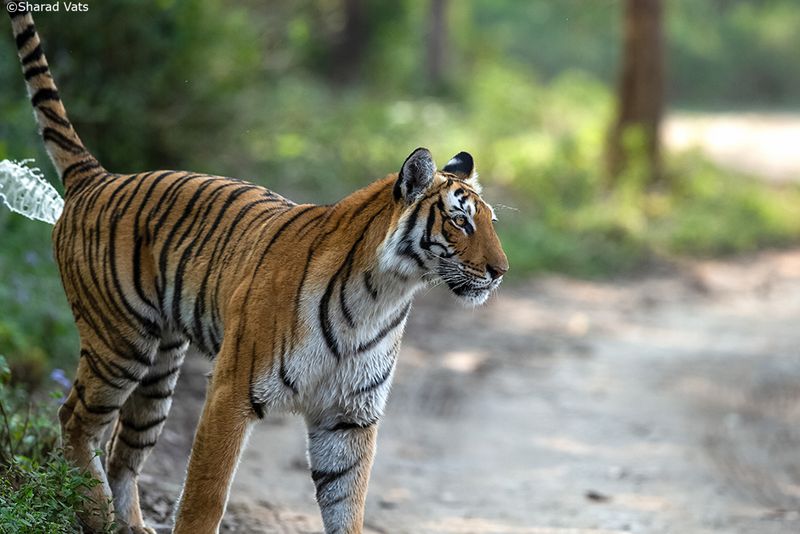
Tigers are very territorial, using scent markings and vocalizations to claim their space. This territorial behavior keeps their habitats organized and balanced.
By maintaining clear boundaries, they reduce conflicts with other tigers and ensure ample resources within their domain.
10. Diverse Subspecies

From the Bengal to the Sumatran, each tiger subspecies has unique features adapted to their environment. This diversity highlights the adaptability of these big cats.
Whether it’s the thick coat of the Siberian tiger for cold climates or the camouflage of the Sumatran tiger in dense jungles, each subspecies is perfectly suited to its habitat.
11. Cultural Icons
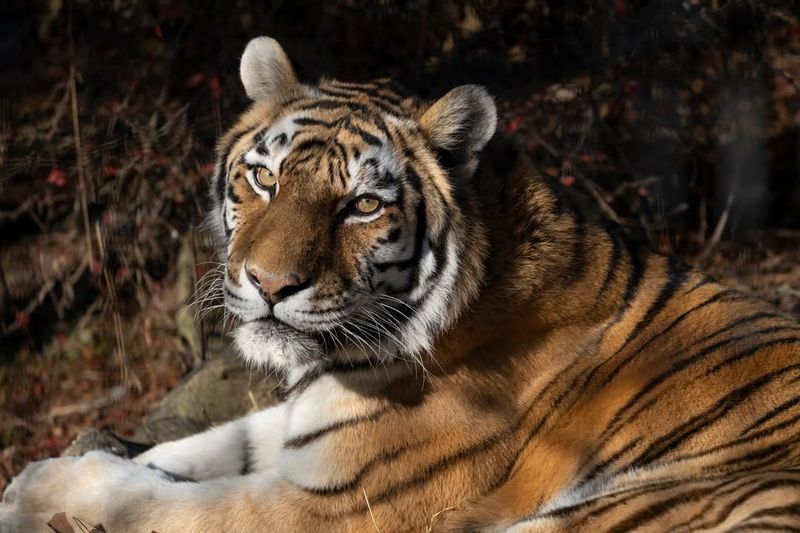
Across various cultures, tigers are revered as symbols of strength and courage. Their majestic presence is celebrated in art and folklore around the world.
From ancient Chinese mythology to Indian traditions, tigers embody power and protection, often seen as guardians of sacred spaces.
12. Impressive Leapers
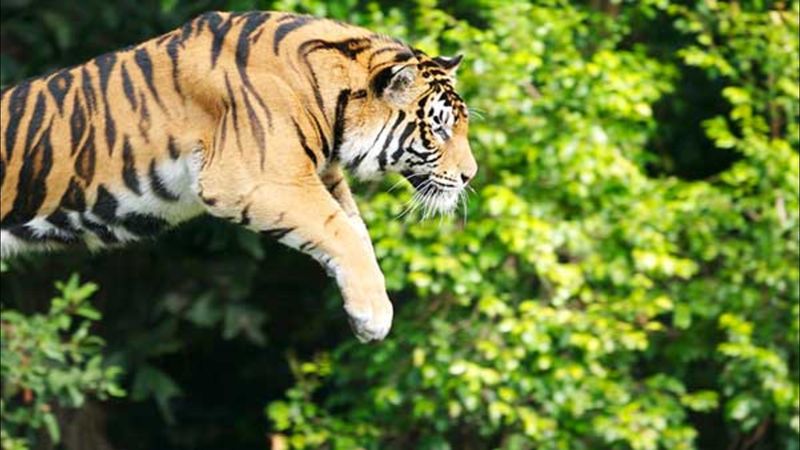
With powerful hind legs, tigers can leap distances of up to 10 meters. This impressive ability allows them to navigate their terrain with ease and agility.
Whether scaling obstacles or pouncing on prey, their leaps showcase both strength and precision in the wild.
13. Communicative Whiskers
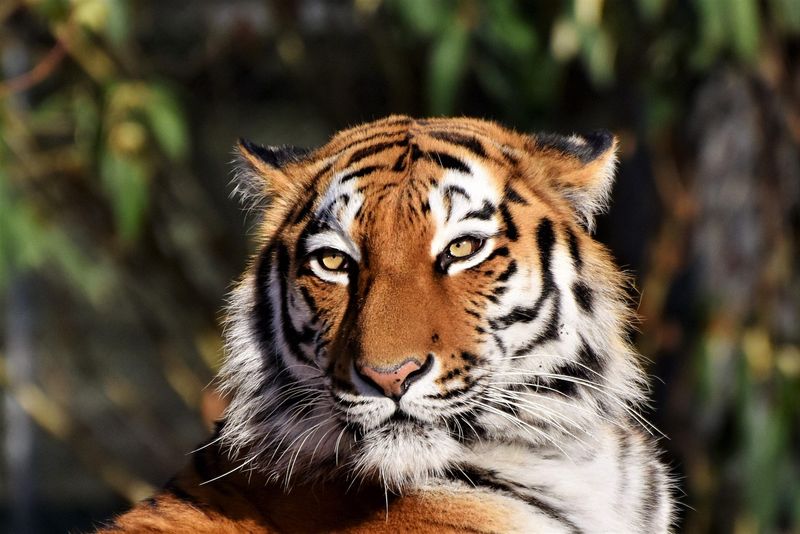
A tiger’s whiskers are more than just a fancy mustache. They serve as sensory tools, helping them navigate their surroundings, especially in the dark.
These whiskers detect vibrations and changes in air currents, giving tigers an extra layer of awareness in their environment.
14. Adaptable Diet
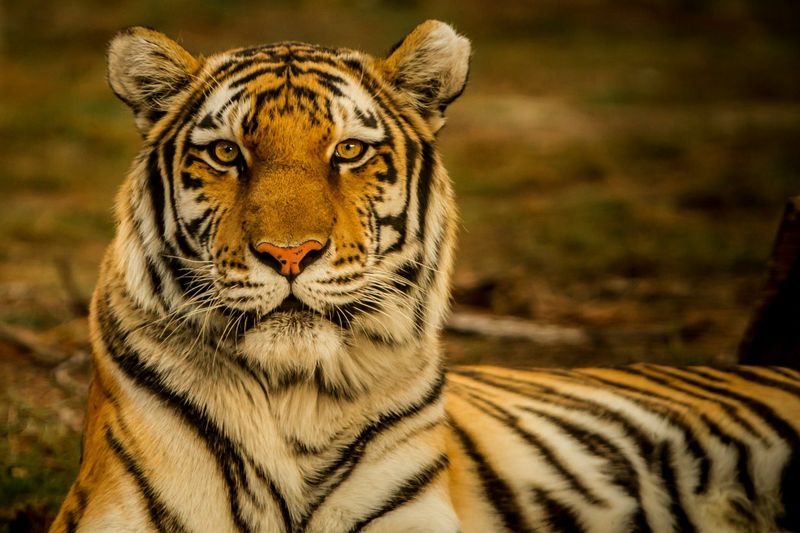
Tigers aren’t picky eaters; they adapt their diet based on availability. This adaptability has helped them survive in various environments, from forests to grasslands.
By hunting a wide range of prey, they can thrive in diverse habitats, ensuring their survival across different landscapes.
15. Longevity In The Wild

Living up to 20 years in the wild, tigers enjoy a relatively long lifespan for a predator. This longevity allows them to pass on knowledge and skills to their offspring.
Their extended life also provides more opportunities to establish territory and strengthen their presence in the ecosystem.






